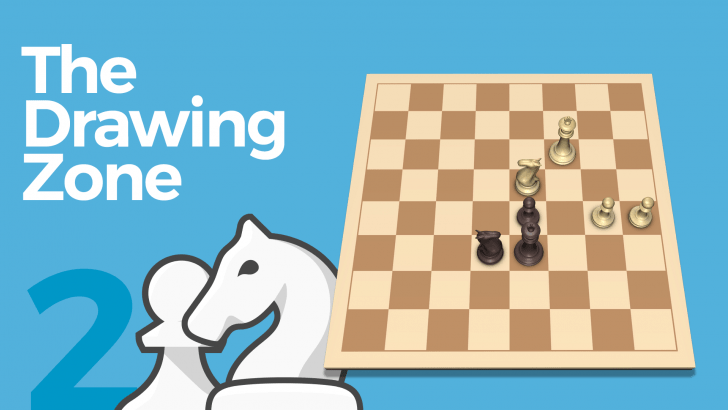The Drawing Zone, Part 2
Are you ready to defend against some dangerous attacks?
In "The Drawing Zone, Part 1" we saw some examples of how to hold a draw in an inferior position. Saving a draw in the endgame may not be the most sexy part of chess, but it is still a very important element of chess ability. Now let's see some more difficult problems on the same theme. Start saving bad positions today!
Here is what you will learn:
- Learn the key techniques for defending tough positions!
- Practice calculating essential defensive tactics!
- Learn important defensive resources in the endgame!
